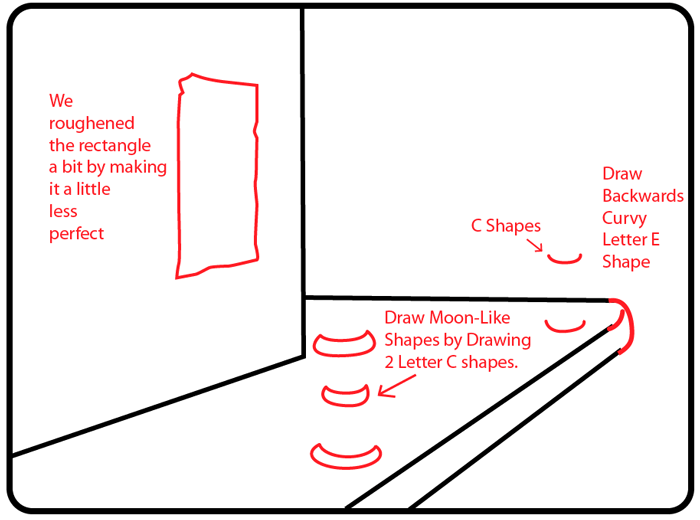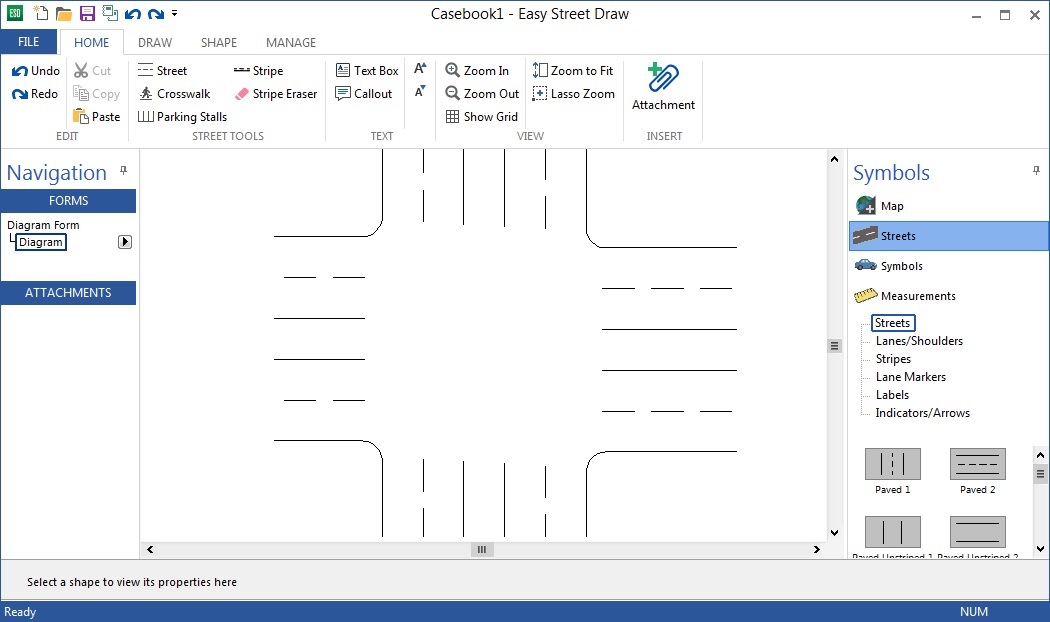

This makes your button's background transparent, then go to your drawing toolbar and create a shape the same size as your button and fill it with the color you want. Here's a trick I use: Go to the button's properties and select backstyle 'fmBackStyleTransparent'. How do I change the background color of a button with VBA Macro in Exce. Video: Changing the Color of ActiveX Command Button This video will guide you how to change the color of ActiveX command button in Excel. #5 the color of command button will be changed as you set. #4 click Run button or press F5 key to run this private function. Private Sub CommandButton1_Click () = RGB (120, 105, 2) End Sub. Right click the button and go to properties and you can change the name Also, you can name the buttons whatever you want.

The button click would look something like this: Private Sub CommandButton1_Click() Call ColorChange(Me.CommandButton1) End Sub You can put whatever changes you like depending on which button is clicked.

Then in the Ribbon, go to Developer > Controls > Properties. Select the button whose color you want to change. First, be sure that Design Mode ( Developer > Controls > Design Mode) is enabled so that you can use the Properties. To help Visual Basic and ASP.Net developers, Manage Registry ActiveX provides additional methods to handle VARIANT and BYTES data types.Home Excel button change color How to Change the Color of ActiveX Control Button in ExcelĬhange the BackColor of an ActiveX Control Button 1. There is no need to drill the low-level Windows API functions: Manage Registry ActiveX provides simple functions (CreateKey, OpenKey, GetValue, SetValue and so on) that any level developers can easily handle, extend and implement into any applications. Despite of the fact that Microsoft provides Windows API functions to create, open, delete and modify Registry keys and values it is not a simple task, especially for Visual Basic and ASP.īased on the standard API, Manage Registry ActiveX Control offers convenient set of methods and properties to access the Registry and perform all necessary operations (create, open, edit, delete, etc.) over various types of data. Whenever the program developer considers to store own application's settings and options, he turns his attention to the Registry which is a natural container for this kind of data. In a sense, the Registry is a cornerstone of Windows operating system and, de facto, is present in all Windows operating systems (however, the structure, storing system and management may differ). Windows Registry is the centralized configuration database that holds system variables, installed applications' data, user preferences, hardware device configuration and lots more.


 0 kommentar(er)
0 kommentar(er)
